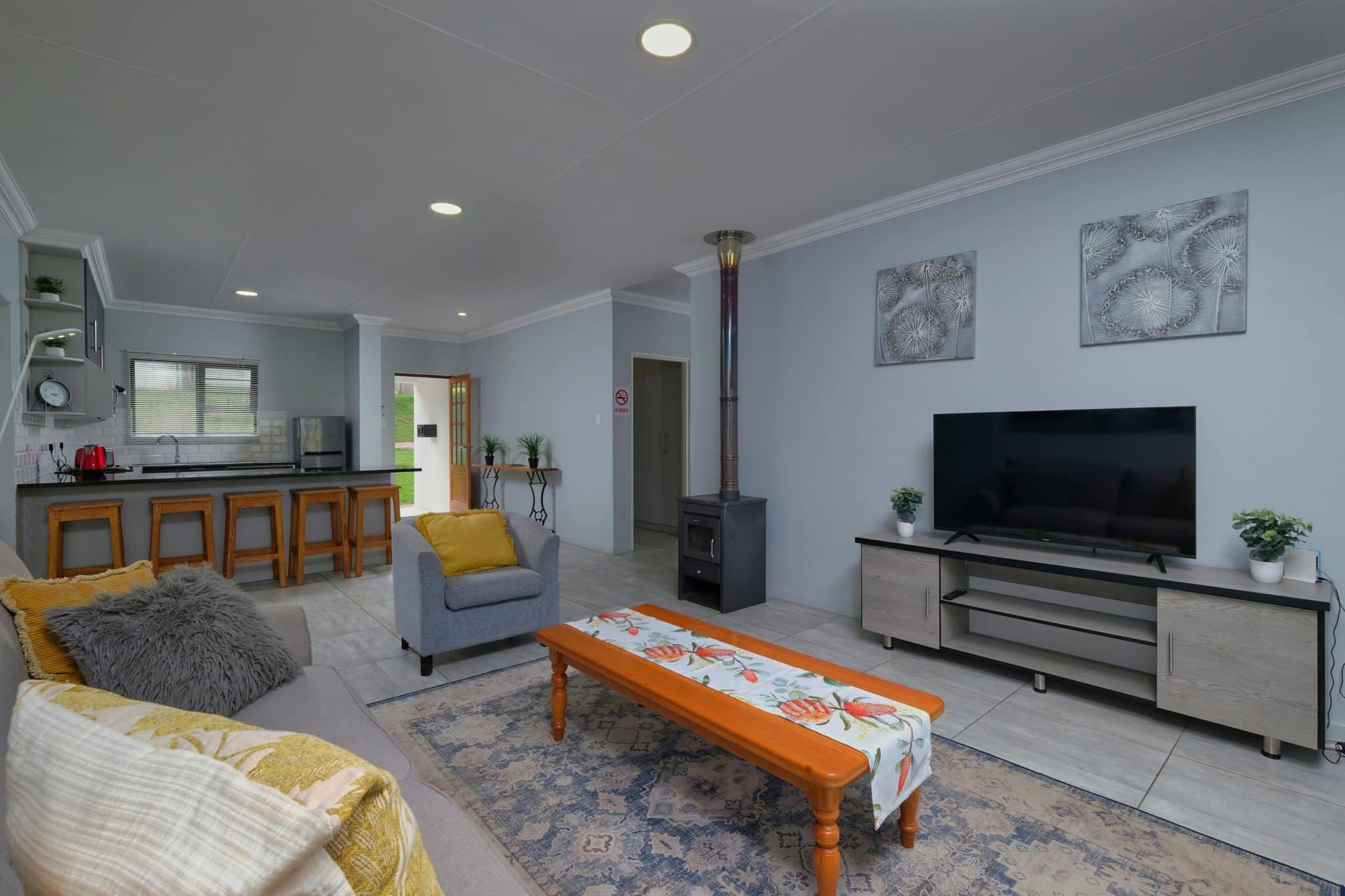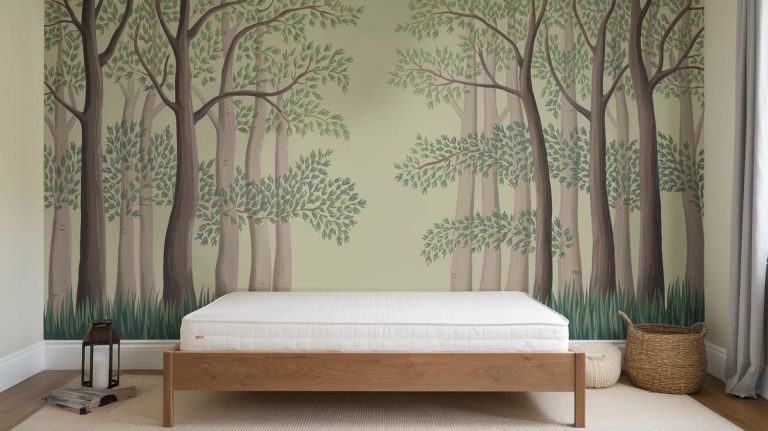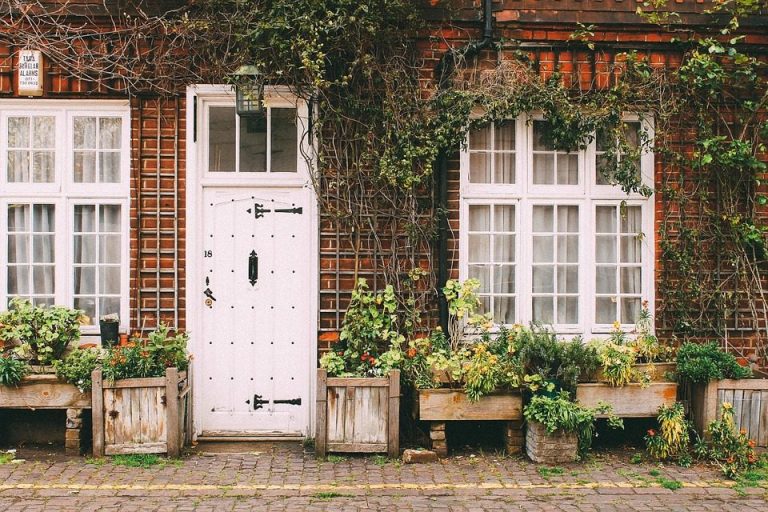Family-Friendly Flooring: How to Choose the Right Carpet for Busy Homes
Between spilled juice boxes, sock-sliding races, and the occasional “oops, the dog did it again” moment, busy homes need flooring that can take a beating. That’s why carpet is the go-to option in many cases. Soft, safe, and surprisingly resilient, the right carpet can turn a chaotic house into a cozy haven without turning every mess into a meltdown.
Sure, it’s not the perfect option (hello, crumb collectors and mystery stains), but modern options are tougher, smarter, and easier to clean than ever. From living rooms that double as wrestling rings to nurseries that need all the cushy comfort, carpet is still one of the best choices for family-focused living.
In this guide, we’ll walk you through how to choose the right carpet for every corner of your home. You’ll learn what materials hold up best, how to outsmart stains, and why some carpets are just better suited for high-traffic madness than others.
Durability First
A carpet’s durability depends on three key factors: fiber type, pile density, and twist level.
Durable carpets are typically made from nylon or triexta, which resist wear and bounce back from foot traffic, but there are other options as well. Here are the top five recommendations by specialists:
- Nylon – It bounces back from traffic, furniture dents, and toddler tantrums.
- Triexta – A newer, eco-friendlier option that’s both stain-resistant and ultra-durable.
- Polyester – Budget-friendly, but best for low-traffic areas unless it’s a premium variety.
- Wool – A natural fiber that’s incredibly durable when well-maintained. However, it’s not as stain-resistant as synthetics.
Pile density measures how tightly the fibers are packed together in the carpet. If the density is high, more fibers are packed tightly together, which means less matting. Twist levels tell you how tightly the fibers are spun (the number of times the fiber is twisted), which means the carpet will maintain shape over time.
Bonus Tip: Just because a carpet is heavy doesn’t mean it is durable (unless it has high pile density). A carpet can be heavy but loosely packed, which means it will wear down faster.
According to the Carpet and Rug Institute, the ideal density of the fibers for high-traffic areas like hallways and living rooms is at least 35 ounces per square yard, and the twist level should be 5 or more.
Stain Resistance is Non-Negotiable
Busy homes mean spills are inevitable. Juice, mud, spaghetti, they all end up on the carpet eventually. That’s why stain resistance should be at the top of your checklist.
Look for carpets with built-in stain protection, not just a topical treatment. Brands like SmartStrand (Triexta) and Stainmaster (Nylon) offer fiber-level protection, meaning the stain resistance is baked in and not sprayed on.
Also, opt for solution-dyed fibers, which are colored during the manufacturing process instead of afterward. These fibers resist fading and stains better, and they’re less likely to panic when red wine hits the floor.
Bonus Tip: When in doubt, ask the people at the local carpet store. They’ll be happy to provide tips, help you choose the best carpet for each section of the house, and even provide professional carpet installation services.
The Lowdown on Maintenance
No one wants a carpet that demands the dedication of a bonsai tree (especially when your house is full of people of all ages and interests). The goal is low-maintenance flooring that handles life’s messes with minimal fuss.
This is why you must pay attention to the type of pile your carpet has. The pile refers to the top surface of your carpet; the one you walk on, touch, and vacuum. It’s a key feature that affects the carpet’s look, feel, durability, and maintenance needs.
Here’s how choosing the right pile can help:
- Shorter pile carpets trap less dirt and are easier to vacuum.
- Loop piles resist crushing and are great for high-traffic spots (but keep them away from pets with claws, as loops can snag).
- Cut-pile carpets, especially frieze styles, offer a soft, textured look that hides footprints and vacuum lines.
Remember to check the cleaning instructions before you buy. Some carpets can be spot-cleaned with just water, while others require a chemistry degree and three specialty products. You deserve the former.
Bonus Tip: Carpet tiles are a genius option for playrooms and basements. If one square gets ruined, you can replace just that tile, not the whole floor.
Room-by-Room Recommendations
Not every room in your home sees the same action, so why should every carpet be the same? You may even have areas where you can choose a rug instead of carpet or go with bare floors.
If you like room-by-room personalization, here are a few ideas to spark your decorative imagination:
Living Room
This is where movies, snack time, blanket forts, and the occasional spilled soda happen, so the best option is carpet. Choose a soft yet durable option like textured cut-loop or frieze-style nylon. These hide wear, handle traffic, and still feel cozy underfoot.
Bedrooms
If kids and pets don’t use your bedroom as their place of refuge, you may even go with a rug. For coziness, choose a plush cut pile that gives you that sink-your-toes-in feel. For kids’ bedrooms, though, it’s best to play it safe and go for frieze (it’s forgiving and hides footprints).
Stairs and Hallways
These areas work overtime. You’ll need low-pile, high-density carpet with a tight twist or loop to resist crushing and hold up under constant use. A patterned or flecked design also helps camouflage dirt between vacuum sessions.
Basements
Moisture is the enemy, so go with synthetic fibers like olefin or polyester, which resist mildew and don’t absorb water like natural fibers. Stick to low-pile or loop styles, and avoid padding that can trap dampness.
Wrap Up
Choosing the right carpet doesn’t have to be complicated. The right materials and features help you create a home that feels cozy, handles chaos, and still looks great, even after years of muddy shoes, snack crumbs, and the occasional indoor cartwheel.







